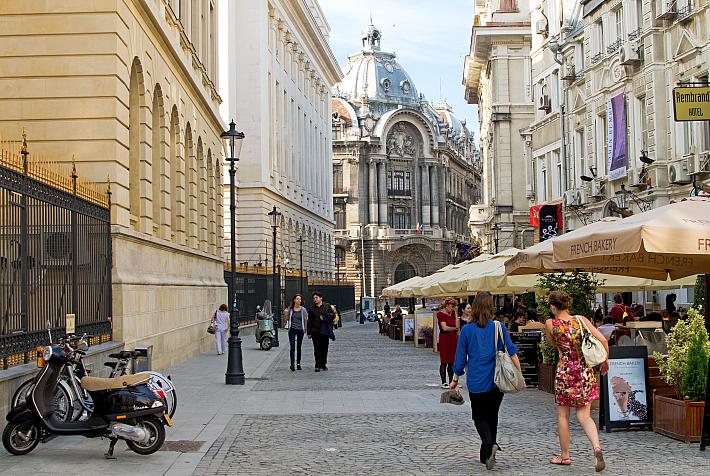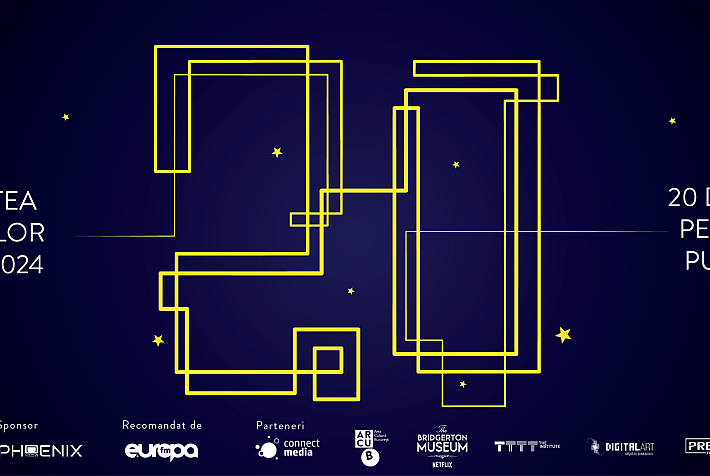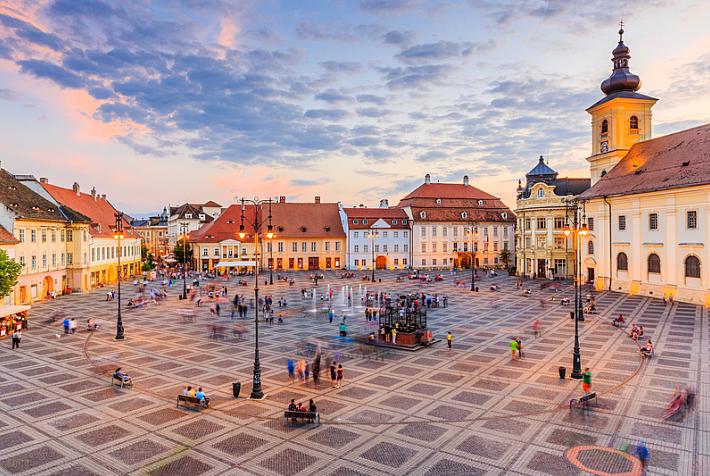What does the Romanian state spend its money on?

The total expenses recorded in Romania’s consolidated budget in the first seven months of 2014 amounted to EUR 26.14 billion, some EUR 524 million, or 2%, larger compared to the same period of 2013, according to the official data on budgetary execution at the end of July 2014.
The state increased its spending on personnel, goods and services and social security but cut its capital expenditures, which reflect the state’s investments in infrastructure and other projects that have a positive effect in the economy.
Welfare expenses amounted to EUR 9.21 billion in the first seven months, up 3.5% compared to the same interval in 2013, and represent more than a third of the whole budget. This is money the state spends on pensions, unemployment benefits and health assistance.
Then came personnel expenses for the state’s employees, including public servants, policemen, teachers, doctors, but also for the members of the Government, of the Parliament and local elected officials. These were of EUR 6.33 billion in the first seven months, 3.3% higher than in the same period of 2013.
The third largest expense category is money spent for goods and services needed for state institutions to work. These were EUR 4.6 billion in the first seven months, some 4% larger compared to the same period last year. The largest expenses for goods and services are for the health sector, for subsidized drugs and medical equipment.
The state also spent almost EUR 1.65 billion on interests for its loans and bonds.
Meanwhile, capital expenditures were just EUR 1.33 billion, which is only 5% of the total expenditures. Public investments were down 29% compared to the same period of 2013, which is more than EUR 540 million. Also, the state’s expenditures for EU funded projects, which is non-refundable money that the state then recovers from the EU budget, were also down by 14%, to EUR 1.25 billion. These money also go into investments that help the economy.
This makes a total of about EUR 750 million less spent on investments compared to the first seven months of 2013, and this is the main reason why the state’s consolidated budget deficit was just EUR 227 million, or 0.15% of GDP, compared to more than EUR 1.35 billion in the same period of 2013. But this also explains why the GDP growth decelerated from 3.9% in the first quarter of this year to 1.2% in the second quarter, compared to the similar quarters of 2013.
Andrei Chirileasa, andrei@romania-insider.com















